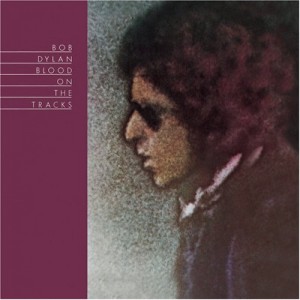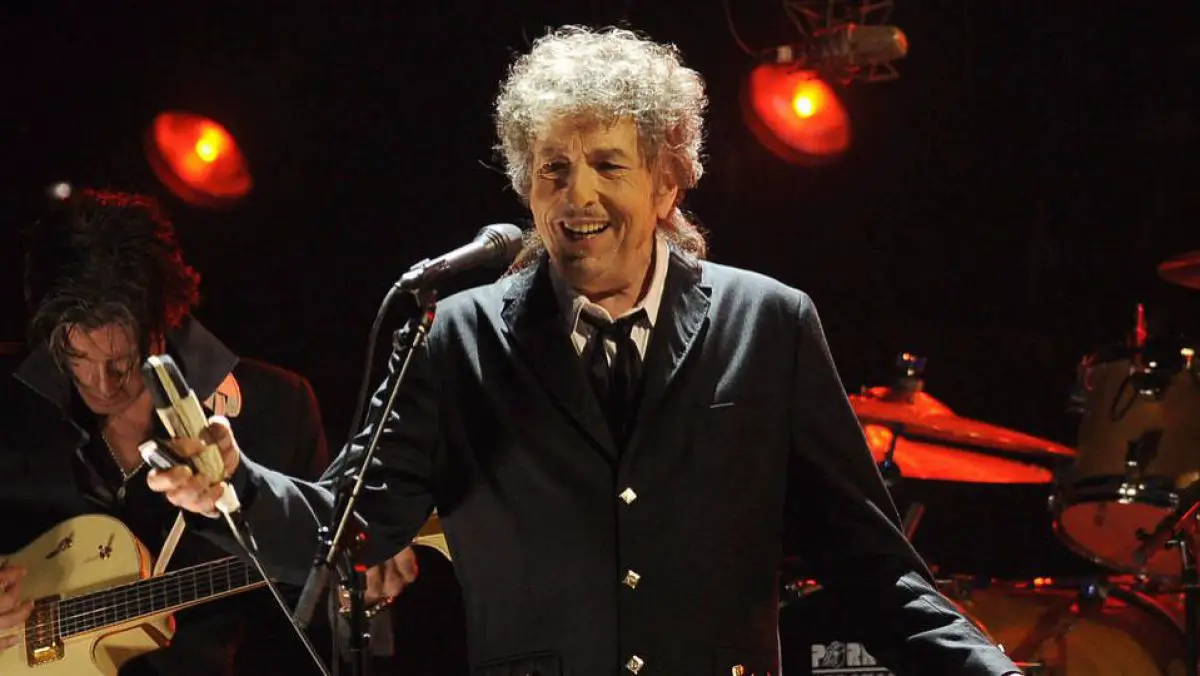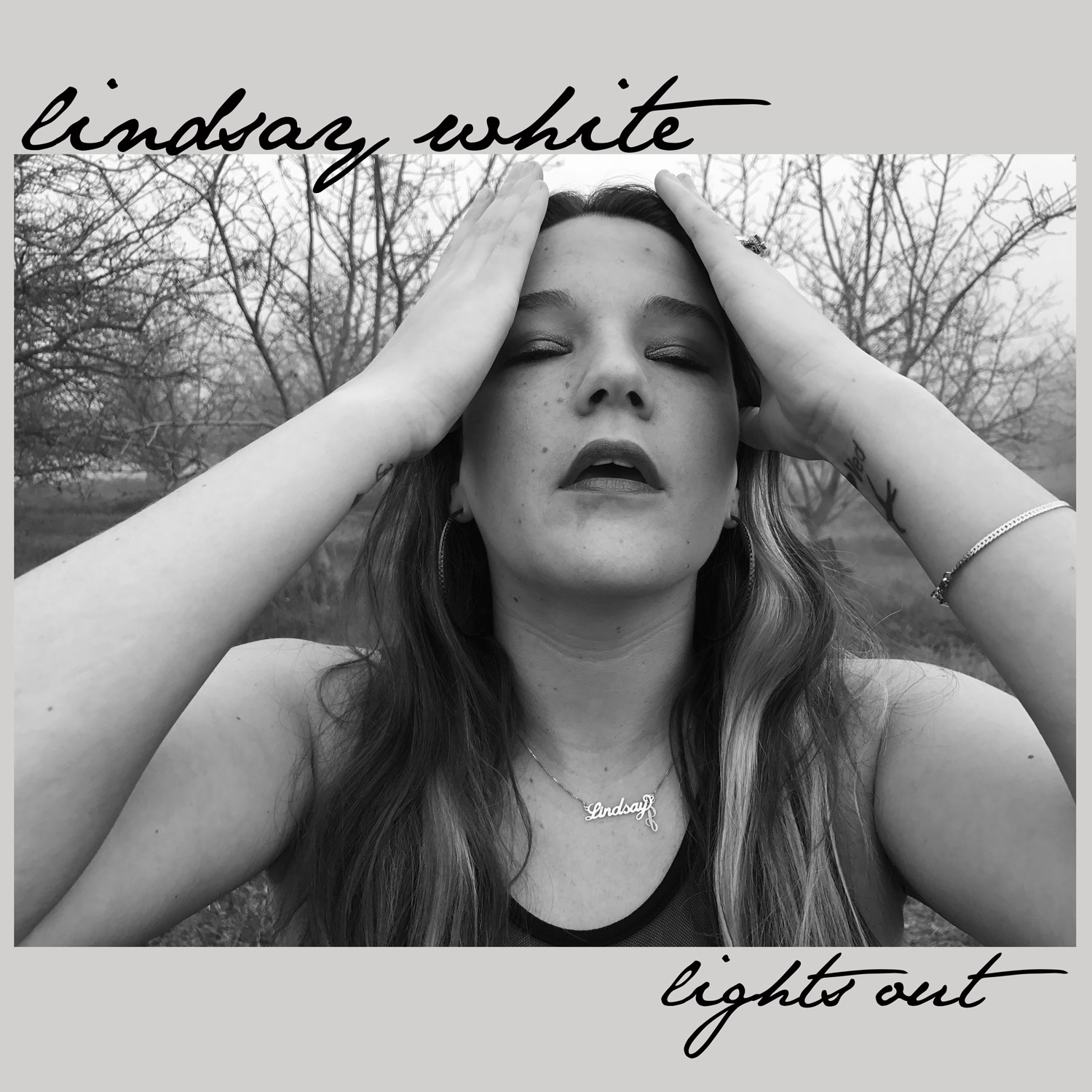Bob Dylan songs always sound great as covers.
You can take away Bob Dylan from them, scramble them up, and make a classic. You can shred, you can load it with garage band fuzz and flower children harmony, you can strip it down, or you can double down on the Americana he emerged from. Because it wasn’t really Dylan’s music that made him a legend. It wasn’t his guitar playing, it wasn’t The Band and their organ whines, or even his gravelly unkempt voice. It was the song, that echoed out not from the body of this skinny fuzzy-haired Minnesotan but from some sort of deep American legend, one that was almost certainly ersatz nonsense but felt even more true for it.
Yesterday, Dylan won the Nobel Prize for Literature, becoming the first songwriter to do it. It’s a controversial award this year, since, well, it usually goes to an author, or sometimes a poet. And though Bob Dylan did write his own well-regarded memoir (Chronicles: Volume One, in 2004), he is mostly known not for the written word, but for the words sung in his voice.

And what a voice it was. It was, in the words of David Bowie, “a voice of sand and glue.” Or, as Don McLean sang, “a voice that came from you and me.” Dylan’s voice wasn’t musical. Because his songs weren’t necessarily musical either.
My favorite Dylan songs are often imbued with a infusion of prose. Take for instance, a verse from “Mama You’ve Been On My Mind,”* which was released as part of the many bootleg series of stray Dylan songs: “I don’t mean trouble, please don’t put me down or get upset. I am not pleadin’ or sayin’, “I can’t forget.” I do not walk the floor bowed down and bent, but yet, Mama, you been on my mind.” There’s an almost conversational, unpoetic rhythm to the words—they sound more like something Bob might have actually said to his ex-lover, not prepared verse for a song. But then in a later verse, that technique is used to bring a sort of surreal imagery: “I am not askin’ you to say words like “yes” or “no.” Please understand me, I got no place for you to go. I’m just breathin’ to myself, pretendin’ not that I don’t know, Mama, you been on my mind.” “Breathing to myself” gives it an emotional wallop that escapes from the casualness of the rest of the words, even as it stays within the bound of speech.

Dylan was, at his best, a storyteller. I’ve long felt that “Tangled Up In Blue,” a classic from Dylan’s best studio album, Blood On The Tracks,** belonged more in the universe of short stories than music. “Early one morning, the sun was shining. I was laying in bed, wondering if she’d changed at all, if her hair was still red.” “And later on as the crowd thinned out, I was just about to do the same. She was standing there in back of my chair, said to me, “Don’t I know your name?” I muttered somethin’ underneath my breath, she studied the lines on my face. I must admit I felt a little uneasy when she bent down to tie the laces of my shoe.”
The same goes for “Hurricane,” a crime ballad famous for leading to the exoneration of boxer Rubin Carter for murder. It starts out with a scene-setting that almost loses its poetry in its directness: “Pistol shots rang out in the bar-room night. Enter Patti Valentine from the upper hall. She sees the bartender in a pool of blood, cries out, “My God! They’ve killed them all!” But by the end, Dylan’s trademark use of allegory turns the tale into something larger. “Now all the criminals in their coats and their ties are free to drink martinis and watch the sun rise, while Rubin sits like Buddha in a ten-foot cell. An innocent man in a living hell.”
Dylan’s lyrics are often noted for their abstraction, and he certainly deserves credit for bringing a certain stream-of-consciousness style into rock and roll. But beyond the parody version of it and striking lines like “But I was so much older then, I’m younger than that now,”*** there is a groundedness even to Dylan’s most out-there nonsense. “Like A Rolling Stone”**** is probably Dylan’s most famous example of beat-poet freakiness, with lines about “Napoleon in rags” and a diplomat “who carried on his shoulder a Siamese cat.” But in the midst of that, there’s also, “Princess on the steeple and all the pretty people—they’re drinkin’, thinkin’ that they got it made, exchanging all kinds of precious gifts and things. But you’d better lift your diamond ring, you’d better pawn it babe.”
It’s the duality of Dylan’s style that made his words go beyond just lyrics. They fit in with the works of Gabriel Garcia Marquez, Seamus Heaney, or Samuel Beckett. Dylan isn’t just a lyricist. He is literature.
Listen: “Like a Rolling Stone” – Bob Dylan
[youtube=https://youtu.be/a3eE9g4z5gk?t=0s]










